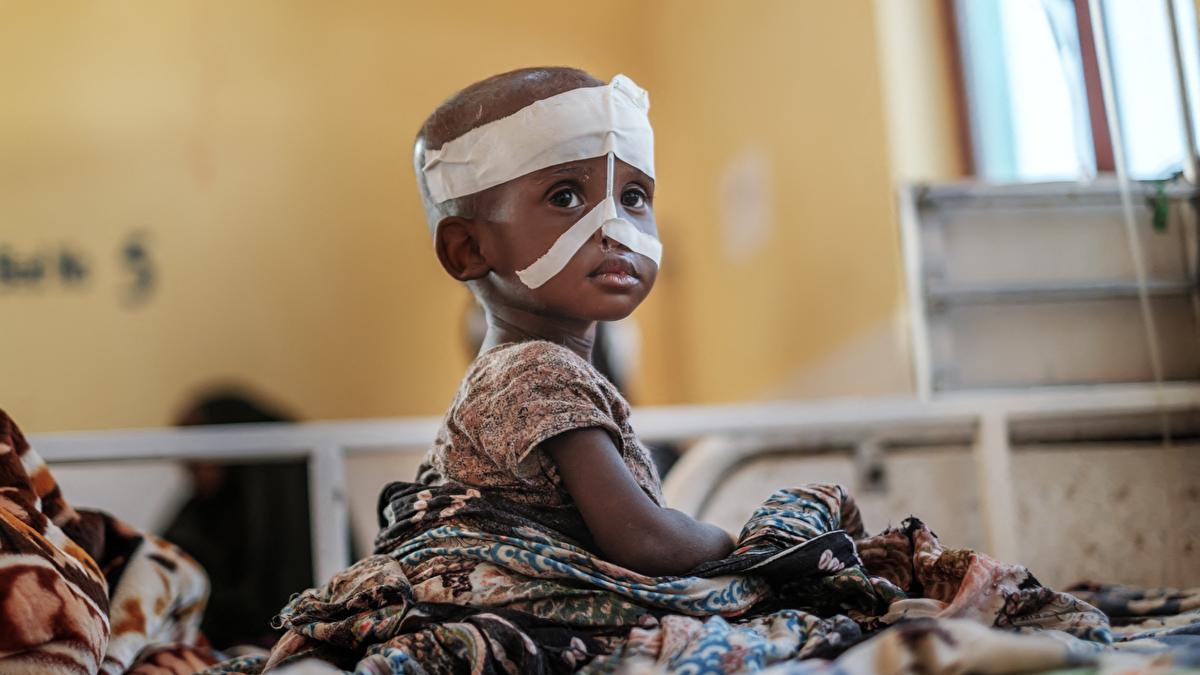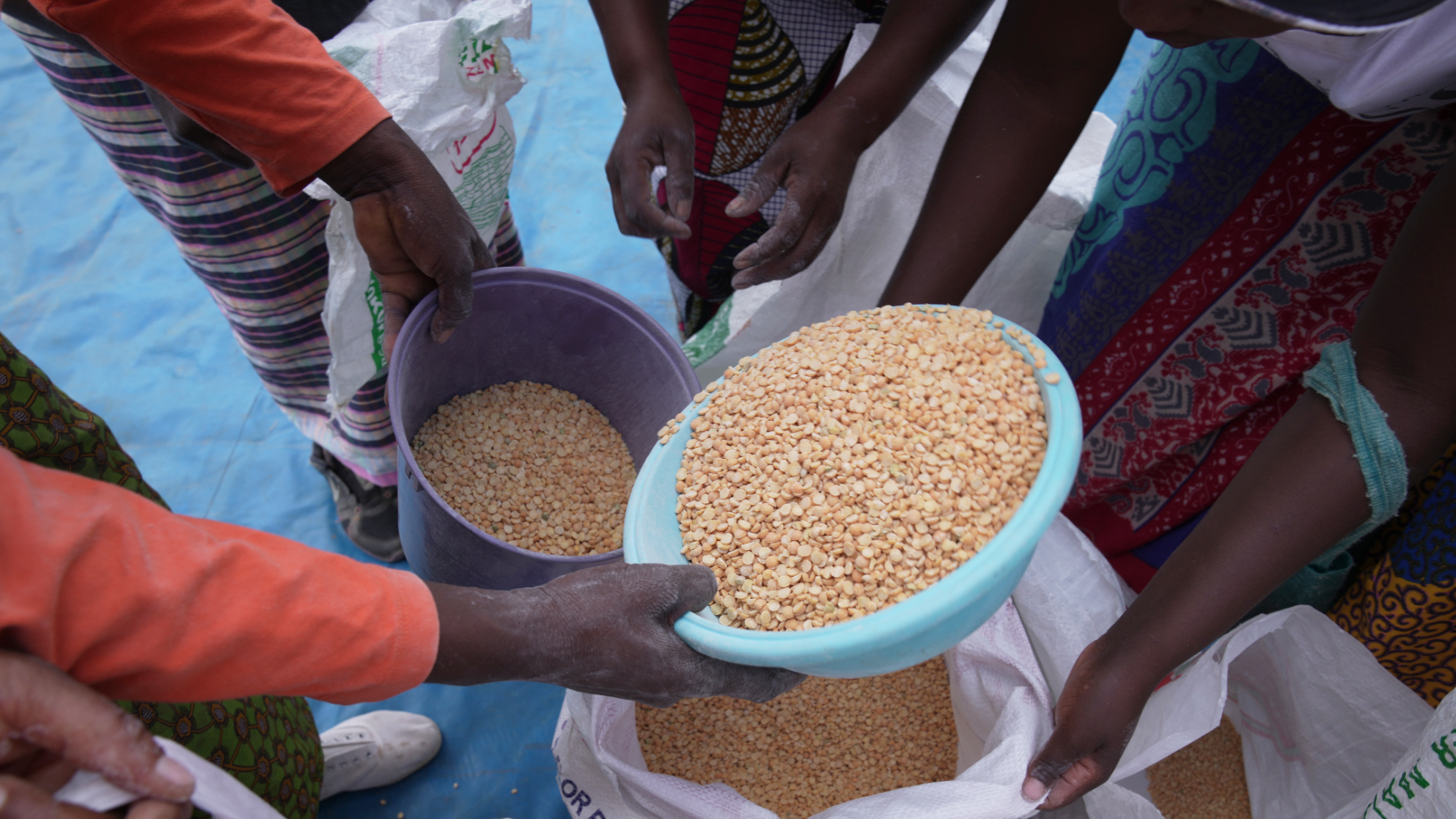
ROME - Global hunger levels declined in 2024 for the second consecutive year, with an estimated 15 million fewer people affected than in 2023, according to the latest United Nations (UN) report on food security. However, progress remains uneven, as hunger continues to rise in parts of Africa and Western Asia amid ongoing food crises and inflationary pressures.
The 2025 edition of The State of Food Security and Nutrition in the World (SOFI) was released Monday by five UN agencies, including the Food and Agriculture Organization (FAO), the World Food Program (WFP), and the World Health Organization (WHO), at the UN Food Systems Summit Stocktaking Moment in Addis Ababa.
Globally, 8.2 percent of the population - between 638 million and 720 million people - experienced hunger in 2024. This represents a modest improvement from 8.5 percent in 2023 and 8.7 percent in 2022.
The overall decline was largely driven by progress in South-East Asia, Southern Asia, and South America. However, the report warned that these gains are being offset by worsening hunger trends in most sub-regions of Africa and Western Asia, particularly in countries facing prolonged conflict, displacement, or economic instability.
Persistently high food price inflation was cited as a major obstacle to achieving global food security and nutrition targets. "Since late 2020, food price inflation has emerged as a key driver of food insecurity across all income groups," the report noted, with low-income communities hit hardest.
ALSO READ: WFP warns of potential food aid cut in South Sudan in Sept

In 2024, approximately 2.60 billion people - or 31.9 percent of the global population - were unable to afford a healthy diet. While this marks an improvement from 33.5 percent in 2022, the burden remains high, especially in economically vulnerable regions.
The disparity is particularly stark in low- and lower-middle-income countries. In low-income nations, the number of people unable to afford a healthy diet rose from 464 million in 2019 to 545 million in 2024. In lower-middle-income countries (excluding India), the figure increased from 791 million to 869 million over the same period.
The report cautioned that the international community remains "far off track" from achieving the 2030 goal of eradicating hunger. Structural challenges - including conflict, climate change, inflation, and inequality - continue to impede progress toward resilient and inclusive food systems.
Since its first release in 1999, the SOFI report has served as a key global reference for tracking progress on hunger and nutrition.


